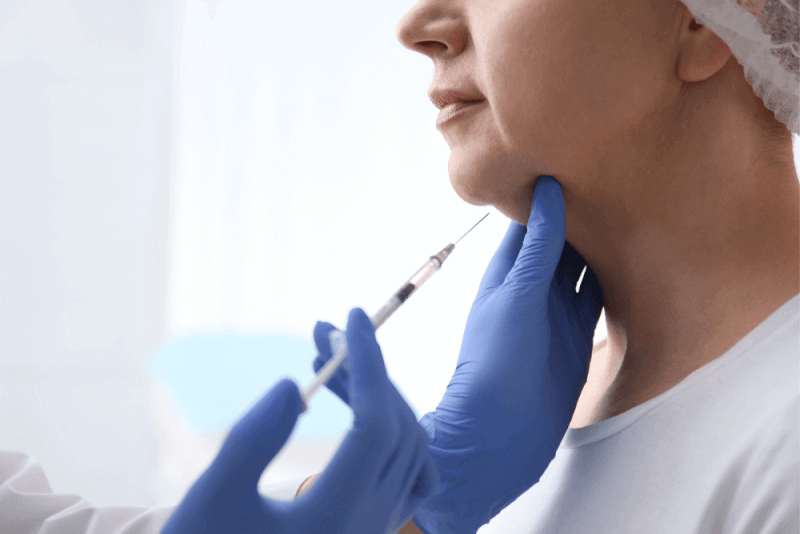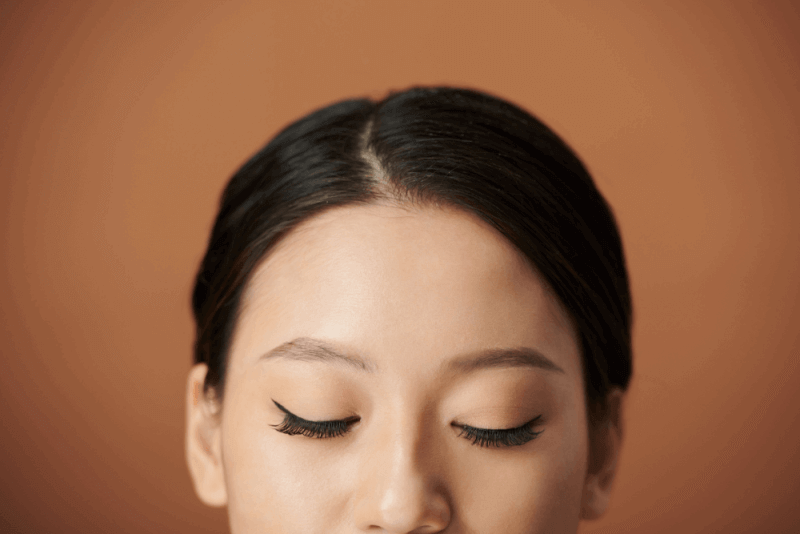What is Fat Injection?
Fat injections involve taking fat from one part of the body and injecting it into another area to enhance appearance. Fat injection is also known as autologous fat transfer, fat grafting, fat transfer, or fat filler.
How is Fat Injection Performed?
Before undergoing a fat injection procedure, the following points should be considered:
- Discontinue the use of herbal supplements
- Avoid using aspirin or ibuprofen
- Increase water intake to maintain hydration
- Refrain from smoking
Fat injections are typically performed under local anesthesia, allowing patients to remain awake without feeling any pain. However, general anesthesia may be applied in the following cases:
- When the treated area is large
- When additional aesthetic surgeries are performed simultaneously
Fat transfer surgeries can take between one and four hours, depending on the patient’s condition. For example, lip augmentation takes about an hour, while breast augmentation with fat transfer can take 3-4 hours. The steps involved in the procedure include:
- Excess fat is removed from the donor area using liposuction.
- The fat is purified.
- The purified fat is injected into the desired area in small droplets.
After the operation, various side effects may be observed in both the donor and injection sites, including:
- Bruising
- Swelling
- Tenderness
- Pain
Why is Fat Injection Done?
Fat transfer can add natural-looking volume to different areas of the body and create a more youthful appearance. Fat injection is commonly used for the following purposes:
- Enhancing cheekbones
- Improving waist-to-hip ratio and creating an hourglass figure
- Filling wrinkles, such as under-eye wrinkles
- Increasing the size of the buttocks
- Reconstructing the breast after breast cancer surgery
- Reducing wrinkles on the hands
- Improving the appearance of facial scars
Who is a Candidate for Fat Injection?
You may be a suitable candidate for fat injection if you meet the following criteria:
- Being close to your ideal weight
- Being in good overall health
- Not smoking
- Having sufficient fat tissue in the donor area
- Having realistic expectations
Which Areas Can Fat Injection Be Applied To?
After removing excess fat from the abdomen, buttocks, and thighs, it can be transferred to the following areas:
Facial Fat Injection
One of the first treatments applied when the effects of aging begin to appear on the face is fat injection. Facial injections can reduce deep lines and correct hollows in the cheeks and under the eyes.
Breast Fat Injection
Breast fat injections are used to correct asymmetry or enhance breast volume, making it a suitable option for those seeking a natural appearance. For breast fat injection to be performed, the patient must have existing breast tissue.
Buttock Fat Injection
Brazilian butt lift has become one of the most popular aesthetic procedures in recent years. Fat tissue from the waist, back, abdomen, thighs, or inner thighs is used for buttock fat injection. It is generally used to increase volume and shape the buttocks, and it can be customized according to the patient’s preferences.
Leg Fat Injection
Leg fat injection is used to correct deformities, such as crooked legs. The necessary fat tissue is obtained from the abdomen and other areas, and this procedure is commonly used to correct asymmetry in the legs of individuals who are thin.
Under-Eye Fat Injection
The primary goal of under-eye fat injections is to reduce dark circles and wrinkles around the eyes. This method can be applied to any area of the face that has lost fat tissue and appears sunken.
Penile Fat Injection
Also known as penile filler or penile thickening, this procedure is performed to increase the girth of the penis. A small amount of the patient’s fat is taken and injected around the penis. While there is no upper limit for penile thickening, it is important to maintain a proportionate appearance in relation to the length of the penis.
Where is Fat Taken From for Fat Injection?
In this procedure, performed by plastic surgeons, fat is typically taken from the following areas:
- Abdomen
- Buttocks
- Thighs
Post-Fat Injection Care
Post-injection care varies depending on the treated area, but general guidelines include:
- Avoid lying on the injection site.
- Keep the treated area elevated above heart level.
- Use pain relievers as recommended by your doctor for mild pain, and avoid using blood thinners unless instructed otherwise.
- Avoid intense exercise for at least one week.
- Makeup can be applied 24 hours after the procedure.
- Avoid using skincare products containing retinoids or glycolic acid.
- If the procedure was performed on the face, avoid making facial expressions for three days.
- Consult your doctor if you experience any unexpected side effects.
Risks of Fat Injection
Risks associated with fat transfer include:
- Bleeding
- Fat embolism that travels to the lungs
- Fluid accumulation under the skin
- Death of most fat cells
- Scarring
- Undesirable results
Benefits of Fat Injection
Using the patient’s own tissue for fat injection offers several advantages, including:
- More natural-looking results
- Reduced risk of allergic reactions
- Same-day discharge, as it is an outpatient procedure
- Enhancement of smaller areas of the body







